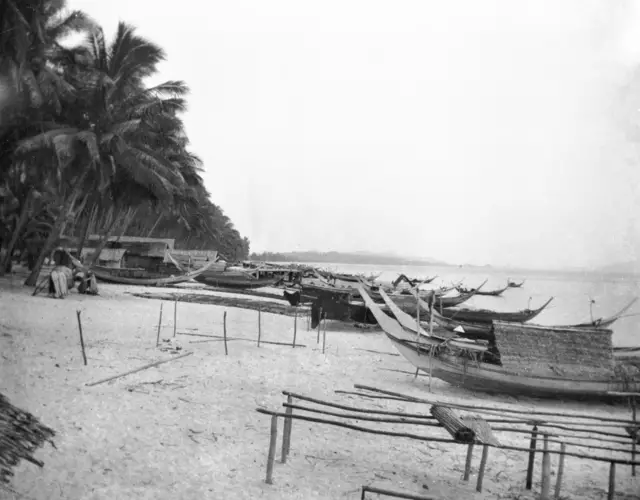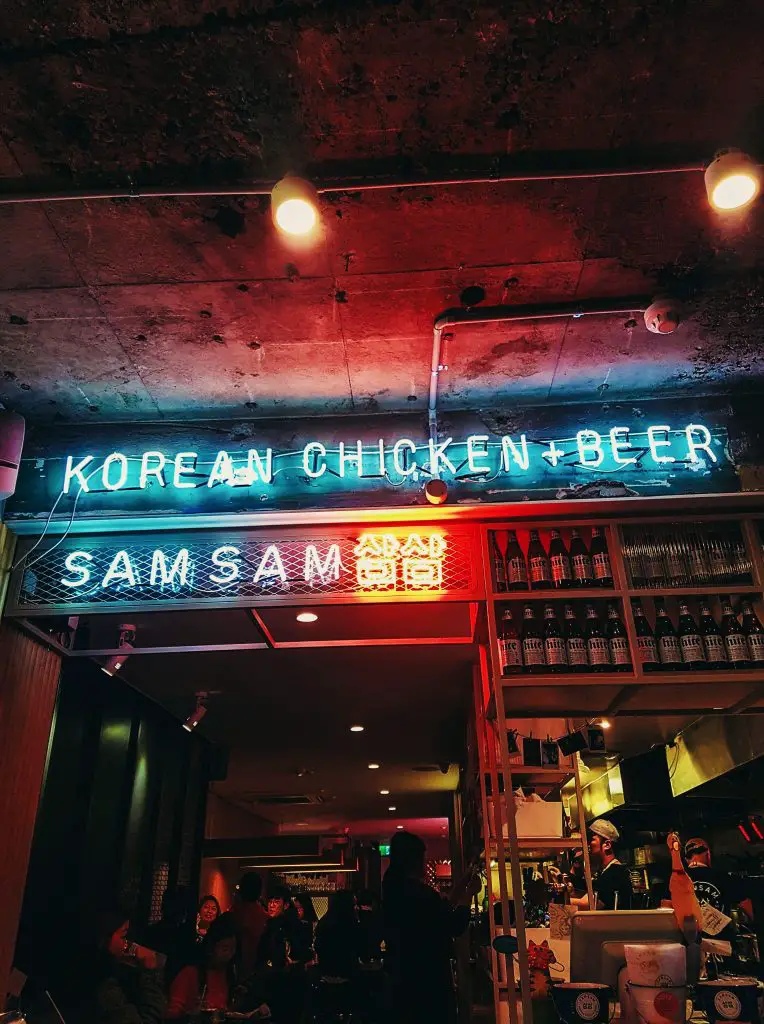The Sarawak Gazette has published many eyebrow-raising stories since its first publication in 1870.
Most of these incidents took place in Sarawak while others happened in other countries.
One of the strange incidents that was reported in the gazette took place in May 1937.
The headline of the report was “Asleep for a Week”. Is it possible for a person to sleep for one whole week?
Under certain circumstances, it is possible. The medical term for it is sleep hollow, not Sleepy Hollow (Tim Burton’s gothic supernatural horror).
The only known case of sleep hollow was reported in the remote village of Kalachi in Kazakhstan. The first case was reported in March 2013, after which the disease disappeared for some time before re-emerging in mid-2015.
Kazakh officials later discovered the disease was caused by carbon monoxide, along with other hydrocarbons as a result of flooding of an abandoned Soviet-era uranium mine nearby. These gases spread into the village air, causing sleep hollow among the villagers.
Kazakhstan may not have been the only place where sleep hollow has occurred.
Here is the report about a possible case of sleep hollow published in the Sarawak Gazette in July, 1937:
On May 1st, it was reported in Binatang (today Bintangor) that Sa’at bin Taha, master of the sailing vessel Mas Melayu, had mysteriously disappeared and his ship left Binatang for the coast without him.
An intensive search was made but no trace of him could be found, and it was generally agreed that he had tired of a seafaring life and had decided to retire into solitude on shore.
Great was the astonishment of the people of Binatang, therefore, when on May 7, Sa’at was found asleep in a sago godown.
After some minutes of strenuous effort the manager of the sago factory succeeded in awaking him. When he had been revived by copious draught of milk and broth, he immediately demonstrated a creditable sense of duty by enquiring where his ship was.
He was told that it had sailed a week ago, but he patiently explained to his dull-witted audience that this was impossible, as he had disembarked and visited the bazaar with one of the sailors on the previous evening.
It is firmly believed in Binatang, that Sa’at bin Taha had been asleep for a week.

Can Sa’at be considered suffering from sleep hollow? Is it possible that the sailor accidentally inhaled some carbon monoxide? We might never know.























